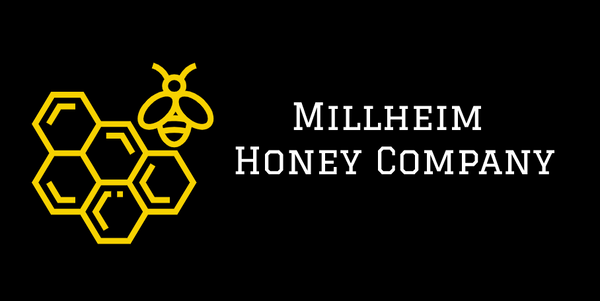
Choosing the Best Location for Tarleton's New Bee Yard
Last Friday, I met with Dr. Mitchell at the Tarleton farm to evaluate potential locations for a new bee yard as part of my proposal to bring beekeeping to campus. After surveying the area, we narrowed it down to three possible spots, each with its own set of advantages and challenges.
1. Concrete Slab with Shed (Top Choice)
The first and best option is a concrete slab with a shed right next to it. This location is ideal for several reasons:
- It’s mostly out of the way, reducing potential disruptions.
- It’s adjacent to the Wildlife Department’s field, offering great opportunities for pollinator plant redevelopment.
- The shed provides built-in storage and acts as a sturdy wind barrier.
- The concrete slab offers a solid foundation, which can help reduce issues with pests like small hive beetles.
- Easy access for beekeeping maintenance.
The only downside? The area around the slab tends to collect water when it rains, though the slab itself stays dry.
2. Behind the Swine Lagoon
The second location sits behind the swine lagoon, providing another solid option with some key benefits:
- It’s tucked out of the way.
- The surrounding berm and trees act as a natural wind barrier.
- Like the first location, it’s part of the Wildlife Department’s field, which could support local pollinator plants.
- It’s already mostly cleared and is easily accessible.
However, this spot also has some drawbacks:
- It’s farther from storage, making hive maintenance less convenient.
- The area gets extremely muddy when it rains.
- The foundation may need reinforcement to prevent hives from shifting or sinking in heavy rains.
- Potential runoff from the swine lagoon could pose a concern.
- It may be too shady during the summer, which can lead to higher pest and parasite risks.
3. Behind the Swine Barn (Near the Native Grass Research Project)
The third option is located behind the swine barn, close to Tarleton’s native grass research project. This spot is appealing for a few reasons:
- It’s easy to access.
- It shares the same field as the Wildlife Department, making it a great candidate for pollinator plant redevelopment.
- Storage is relatively close by.
Despite these advantages, this location presents some significant concerns:
- It’s at a low point in the pasture, so runoff from the swine barn could be a major issue.
- The noise from the pigs might irritate the bees.
- The nearby road sees a lot of agricultural traffic, which could disturb the hives.
Next Steps
Now that I’ve outlined the pros and cons of each location, the next step is finalizing the best spot for the bee yard and addressing any challenges that come with it. If we move forward with the concrete slab, we may need to consider drainage solutions to prevent standing water. If another location is chosen, additional preparation may be required to ensure a stable foundation and minimize potential risks.
This project is an exciting opportunity to enhance pollinator conservation efforts at Tarleton while providing hands-on learning experiences for students. I’m looking forward to the next steps in making this bee yard a reality!
